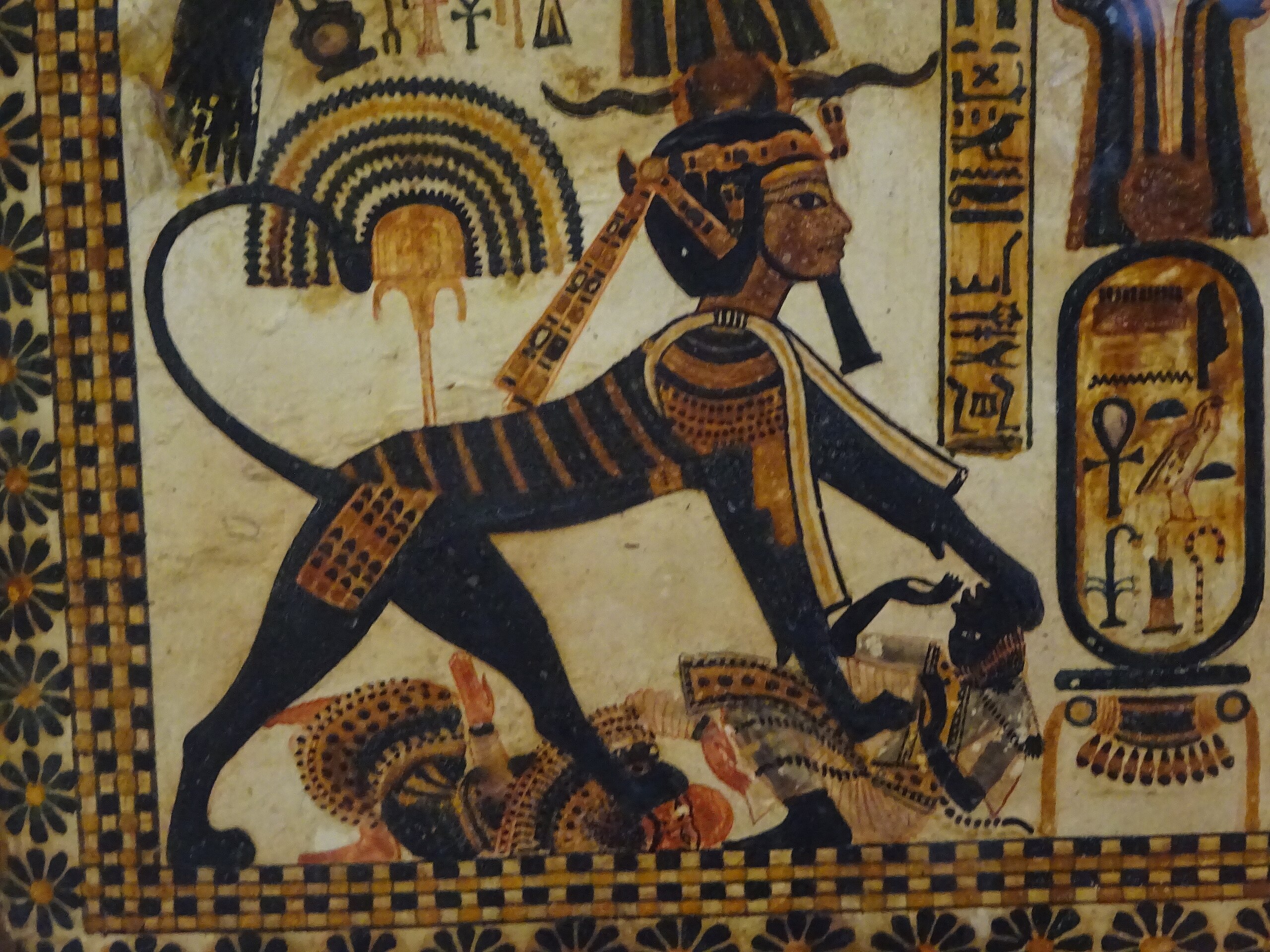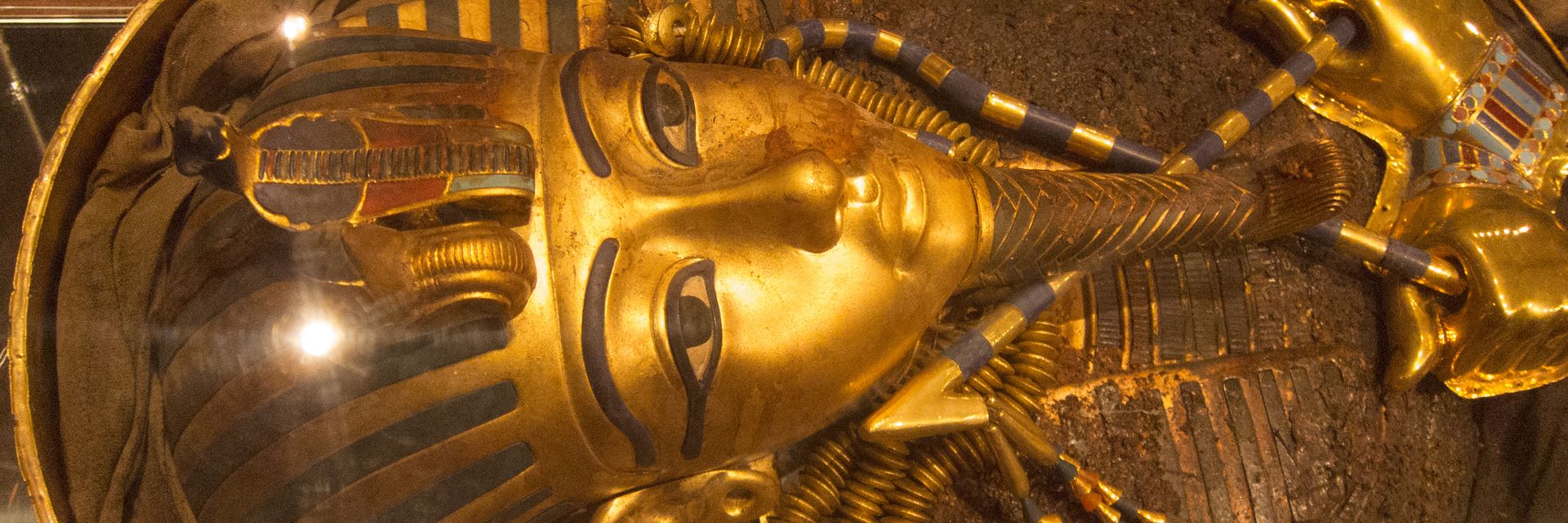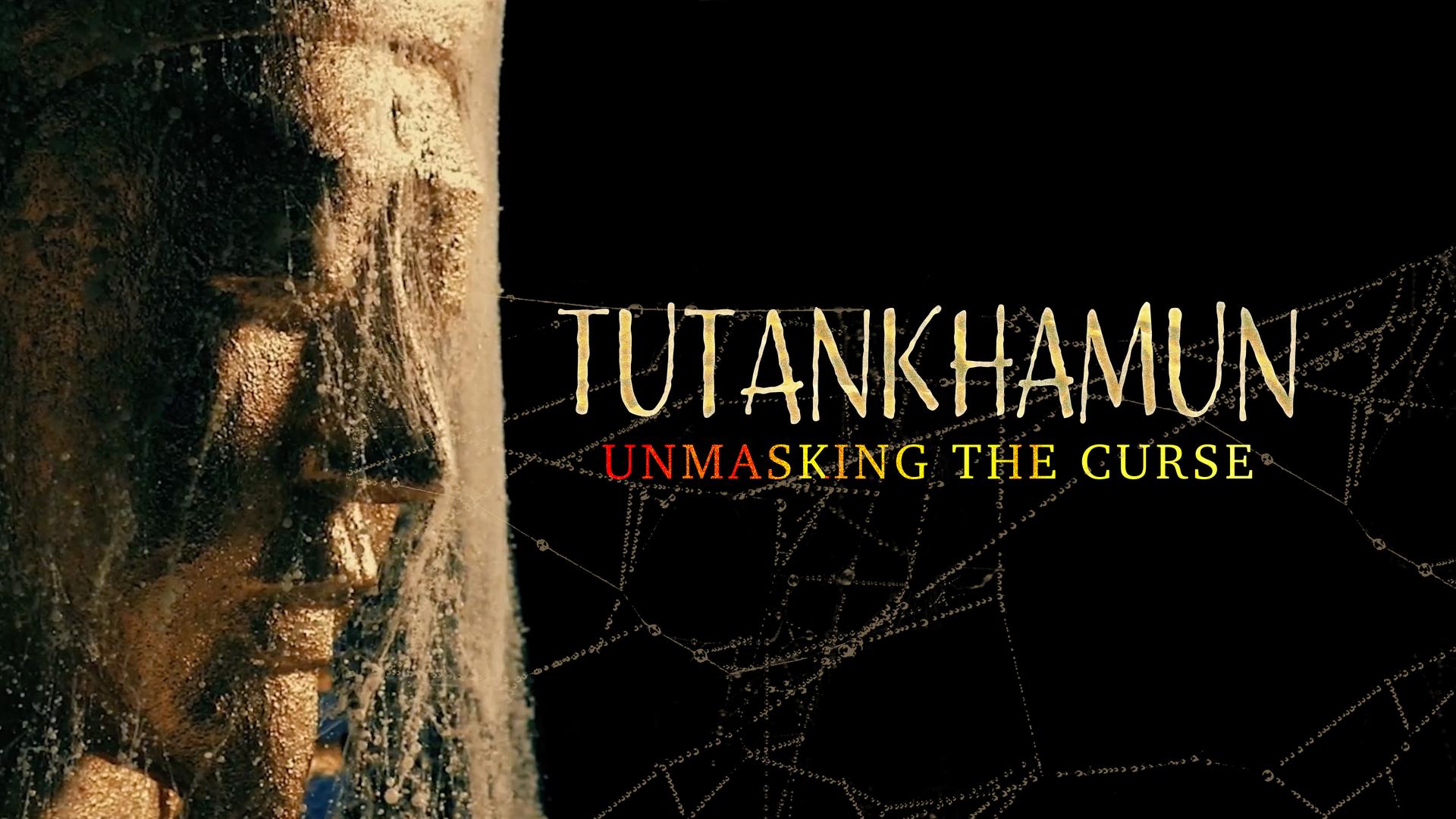The so-called “curse” of King Tutankhamun, sparked by mysterious deaths after his tomb's discovery, is largely a myth fueled by media sensationalism and coincidence rather than evidence.
◊
When British archaeologist Howard Carter uncovered the tomb of the Egyptian boy-king Tutankhamun in 1922, the world was captivated. The tomb, nearly intact after over 3,000 years, was one of the most significant archaeological discoveries of the 20th century. But fascination soon turned to fear with the emergence of a so-called “curse” – a mysterious series of illnesses and deaths that struck members of the excavation team and others connected to the tomb.
Experts reveal the surprising true story of King Tut's tomb in this engrossing MagellanTV documentary.
Yellow Journalism Fans the Flames
The legend of the “Curse of the Pharaohs” was largely fueled by the press, particularly after the sudden death of Lord Carnarvon, the wealthy British sponsor of the dig. Just months after the tomb’s opening, Carnarvon died from an infected mosquito bite in April 1923. This death, combined with ominous rumors and exotic speculation, gave rise to the idea that a supernatural force was at work (which isn’t exactly uncommon in the realm of Egyptology), punishing those who had disturbed the pharaoh's rest.
Journalists and popular media pounced on the idea. One widely reported detail was the supposed inscription at the tomb’s entrance: “Death shall come on swift wings to him who disturbs the king’s peace.” However, no such inscription has ever been found. Sensational stories were published, linking the deaths of other individuals – whether they were directly involved in the excavation or not – to the curse. For example, American financier George Jay Gould I died shortly after visiting the tomb, and Carter’s personal secretary, Richard Bethell, died at London’s posh Mayfair Club under murky circumstances in 1929.
Over the next decade, at least a dozen deaths were loosely connected to the tomb, creating a sense of dread and mystique around King Tut’s burial chamber. However, a closer look at the evidence has led most scholars and medical experts to dismiss the idea of a curse.
 Depiction of King Tutankhamun over enemies, 18th dynasty (Source: Cairo Museum, via Wikimedia Commons)
Depiction of King Tutankhamun over enemies, 18th dynasty (Source: Cairo Museum, via Wikimedia Commons)
Myth Inspires Further Research
Many of the deaths can be explained by natural causes. Lord Carnarvon, for instance, had been in poor health for years. Howard Carter himself, the man most responsible for opening the tomb, lived until 1939 – 17 years after the discovery. A 2002 study published in the British Medical Journal analyzed the lifespans of 44 people who were present at the tomb’s opening or worked on the excavation. The researchers found no statistically significant difference in their lifespans compared to control groups.
Modern science has also explored whether real biological hazards could have been present in the tomb. Some researchers have suggested that mold or bacteria, such as Aspergillus niger or Stachybotrys, might have grown in the dark, sealed environment and potentially sickened some individuals. Still, there is no strong medical evidence tying these microbes to the deaths.
In the end, the Curse of King Tutankhamun is best understood as a mix of coincidence, media hype, and the enduring allure of ancient mystery. While it’s unlikely that a real curse was ever at play, the legend reflects the West’s fascination with Egypt and the power of storytelling to transform history into myth.
Ω
Title Image: Tutankhamun exhibit, Berlin 2013 (Credit: Thom Quine, via Wikimedia Commons)


